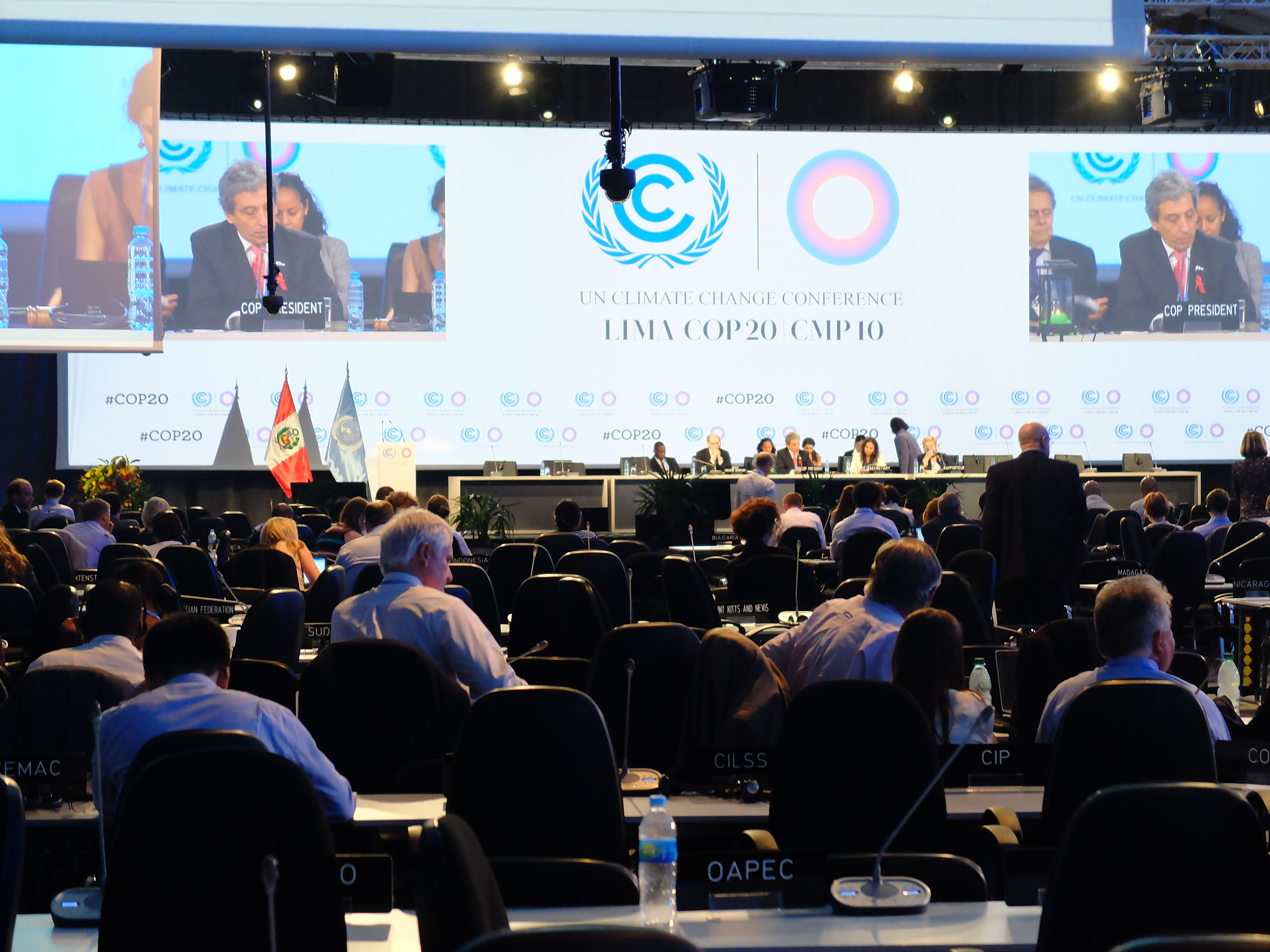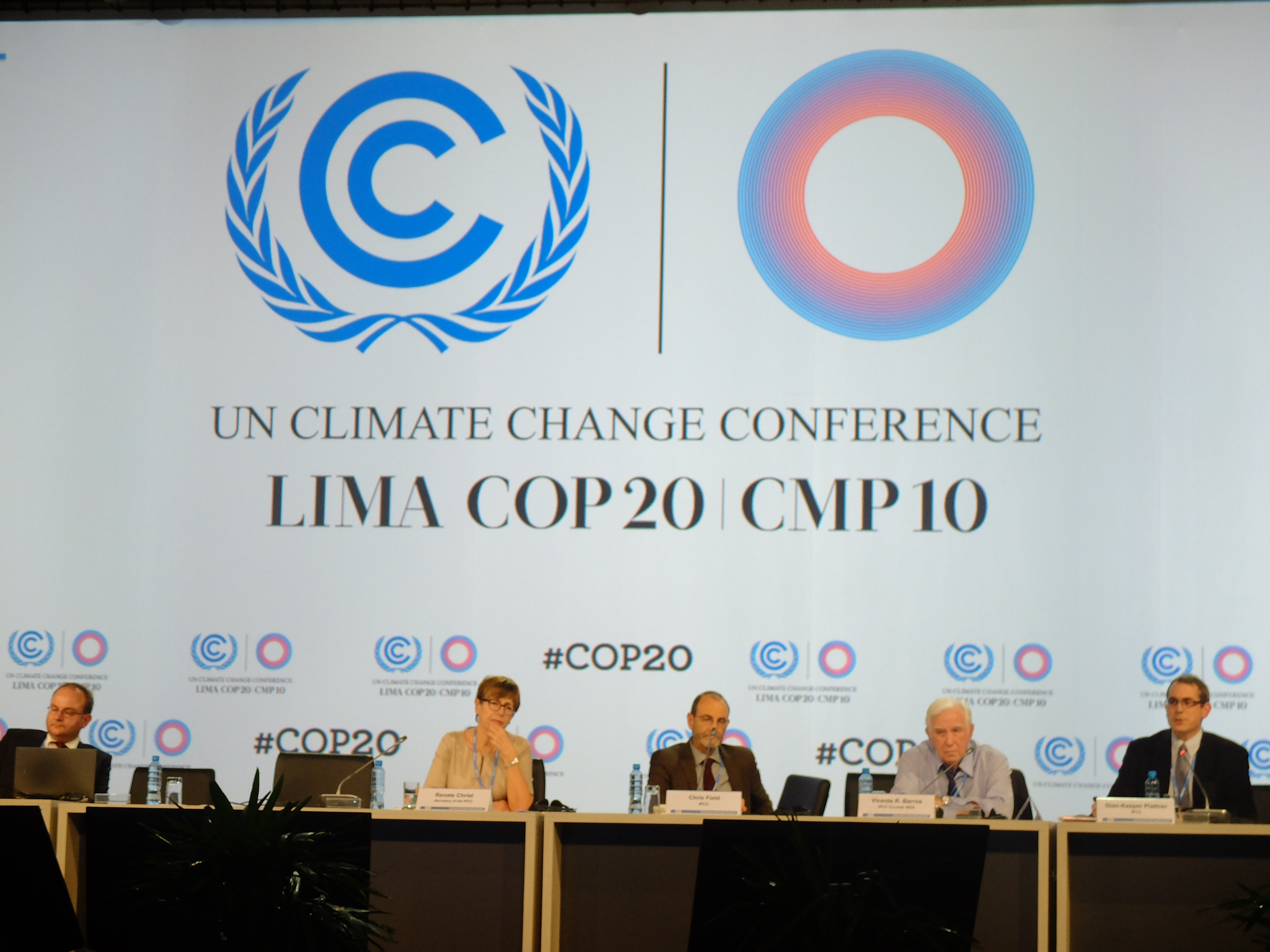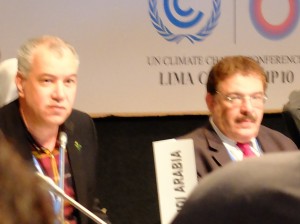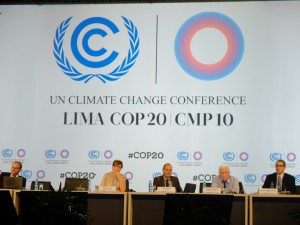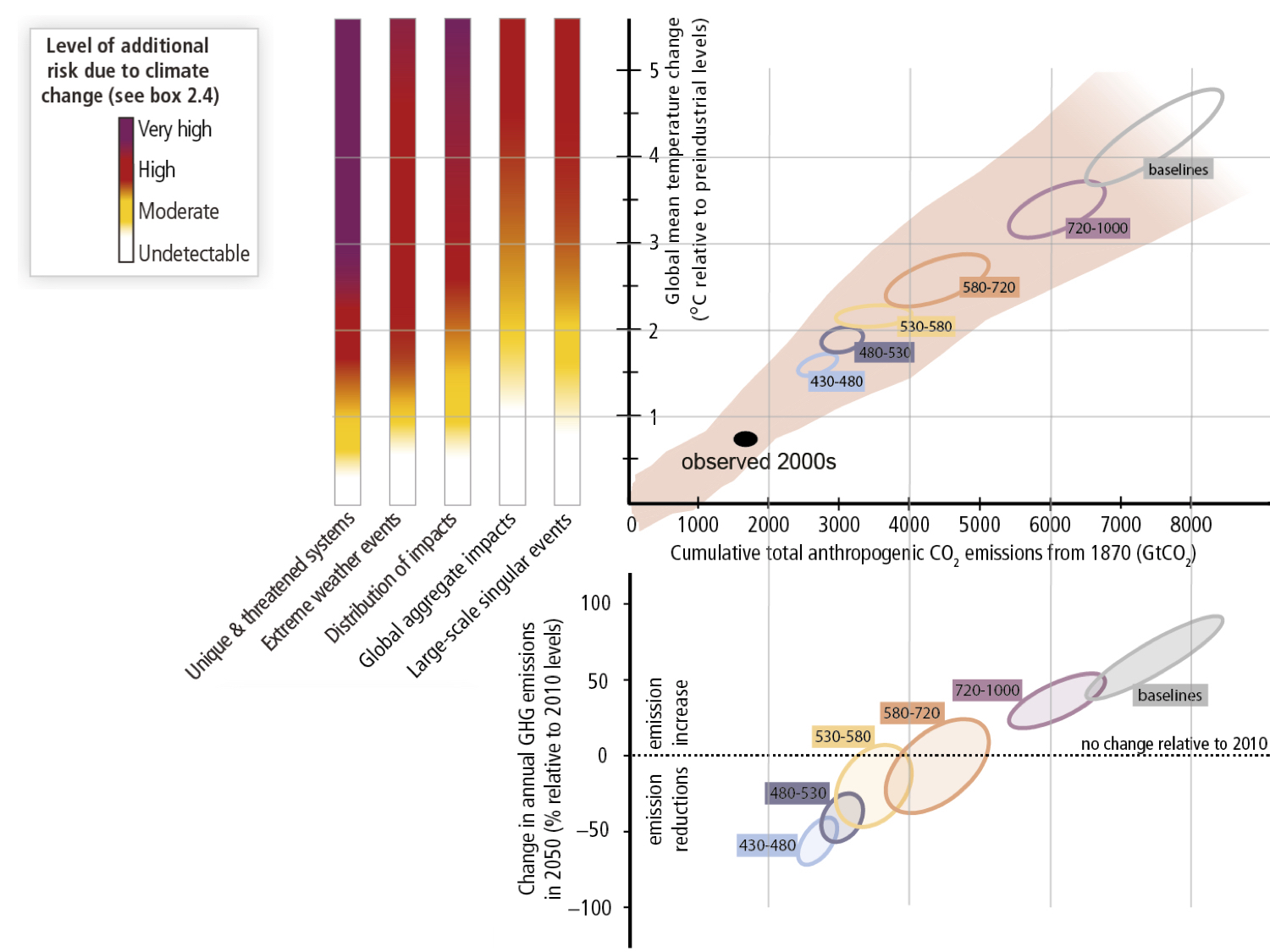The world gained momentum on a climate agreement going into Lima. A historic agreement was reached between the US and China going into COP 20. Pledges to the Green Climate Fund were on the rise and narrowing in on the goal on $10 Billion. Everyone knew going in that Lima needed to hole the proverbial climate agreement ship steady, and it did that. Nothing glamorous or jaw dropping came out of Lima, but the parties are in a position to meet the deadline for the 2015 Paris Agreement. That is much easier said than done, it is no easy task to get just under 200 countries to agree to a climate deal to limit warming to 2°C.
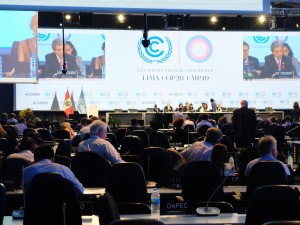
Some good things did come out of Lima. The President of the COP, Manuel Pulgar-Vidal, highlighted three important outcomes: (1) $10 billion goal for the Green Climate Fund was met, (2) the Multilateral Assessment work as countries exposed themselves to questioning about their emission reduction plans, and (3) the Lima Ministerial Declaration on Education and Awareness was put forward as a means to increase education efforts on climate change in schools around the world.
Strides were also made on National Adaptation Plans. Several platforms for NAPs were established including the NAP Global Network and the Lima Adaptation Knowledge Initiative.
The biggest piece of the 2015 Paris Agreement is going to be country emissions targets. Each country will set their own target in an Intended National Determined Contribution (INDC). Major economies are expected to submit these targets soon, which will put forth their contribution to global emissions reductions. This is the corner stone for the 2015 Paris Agreement. This bottom up style agreement has the potential to involve every country on the planet. However, the question then becomes how to ratchet up ambition. That part will be worked out using the Multilateral Assessment (MA). The MA will hopefully be the mechanism to allow pressure on parties to raise ambition towards reducing carbon emissions. AILAC and European Union (EU) parties advocate for a full on review of every countries’ INDC, while China, India and the Like Minded Developing Countries do not favor any public review of the contributions. This will be an important piece of the negotiations to follow through Paris, 2015.
Finally, the 2013-2015 Review met during COP 20 in Lima. This group is in charge of evaluating the adequacy of the 2°C goal as well as of party commitments. Part of this Review is the Structured Expert Dialogue (See my blog post from December 9th, 2014). They met twice with IPCC and other experts to discuss the adequacy of the goal, that is, if they ought to increase ambition to stay below 1.5°C warming. The dialogue will conclude in February, with a report coming out a few months after. It will be interesting to follow the conclusion of this process to see what inputs will be provided for the 2015 Paris Agreement.
Here is a link to the Elements for a Draft Negotiating Text. This draft text must be finalized in June, 6 months before the meeting in Paris, to give parties sufficient time to review the text and make edits.

